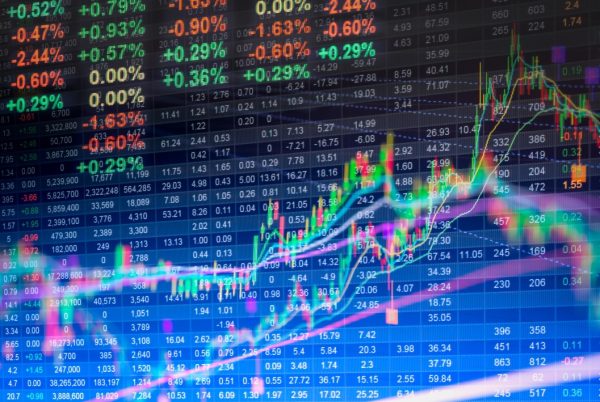Darshan Bhatt, CFA®, CMT, Deputy Chief Investment Officer, Glovista Investments
October 8, 2021
This past month, global equity prices pulled back for the first time since January 2021 and the S&P 500 Index recorded the worst monthly performance in September since 2011.
At the macro level, the activity calendar has remained resilient despite the Delta variant’s continued relevance around the world. The latest virus infection wave is showing clear signs of abating, fueling expectations of increased reopening measures globally. The Asia region’s larger impact in the latest virus wave has resulted in a higher shutdown measures. Consequently, economic growth expectations over the past few weeks have favored the US over the rest of the world. Moreover, disruptions in global supply chains worsened in September owing to Asia’s central role as a global manufacturing hub.
On the policy front, a rather consequential FOMC meeting on September 22nd provided guidance on the Federal Reserve’s (Fed) tapering of its asset purchase program as well as revisions to the so called ‘dot plots’. On the tapering front, the Fed guidance was more hawkish than expected, particularly as it relates to the timeframe within which the tapering process will be completed while the outlook on policy rates was somewhat more hawkish as the central tendency of future policy rate level moved to one rate hike in 2022.
On the market front, the timing of the unusually important FOMC meeting coincided with seasonally the weakest month for risk assets and a period during which several of the largest Asian markets were closed (including China, Taiwan and South Korea). Additionally, the news out of China entailing a potential default by the country’s largest property developer – Evergrande – led to unusually large hedging flows. Such a powerful cocktail of seasonality and market calendar dynamics resulted in a spike in implied equity volatility levels around the September 20th and September 28th sessions. The September macro and policy developments have led to higher government bond yields, a modest strengthening in the US dollar and weaker global equity prices with value stocks and indices outperforming (including Japan’s Nikkei and Europe’s Euro Stoxx) versus US peers.
Over the medium-term, we continue to prefer equities as an asset class as well as underweight bond duration tilts. Within equities, we favor the financials and energy sectors along with emerging markets and high-quality mega-cap US growth stocks (especially mega-cap tech).
Within the emerging markets (EM) universe, China-specific regulatory policy developments impacting mega-cap tech names (especially Alibaba, Tencent, Meituan, among others) have been highly consequential to the EM benchmark’s performance this year owing to the Chinese market’s large capitalization weighting within the EM benchmark (34% as of September 28, 2021). Such regulatory policy developments have begun to stabilize with Chinese official statements and meetings before global investors, reaffirming the government’s commitment in fostering those companies’ long-term growth models, though subject to tighter regulatory controls.
The fundamental attractiveness of EM equities at the current juncture is best exemplified in the strong resilience and ongoing recovery in relative performance between EM ex-China equities versus international developed peers.
We believe the year-to-date underperformance by large-cap Chinese technology stocks, though warranted on increased regulatory risk premium considerations, may have been excessive, owing to the unwinding of retail and leverage investor positions driven by headlines driven sentiment. Over the medium-term, we believe the valuations for select Chinese technology and consumer stocks are attractive and should support strong performance as policy uncertainty subsides. For example, the Alibaba stock currently trades at approximately 14.5x forward earnings with approximately 28% of its market cap held in cash and has an expected EPS growth of 42% and 53% over the next two years. We believe the stabilization of adverse regulatory developments along with current attractive valuations may lead to allocations to Chinese tech names from even non-EM dedicated US and European investors over the next few months.
The views expressed are those of Glovista Investments, a boutique manager on the Spouting Rock Asset Management platform, as of October 4, 2021 and are not intended as investment advice or recommendation. Sales and distribution services offered through Spouting Rock Distributors, a subsidiary of Spouting Rock Asset Management, an SEC registered investment adviser. For informational purposes only. Investments are subject to market risk, including the loss of principal. Past performance does not guarantee future results. There can be no assurances that any of the trends described will continue or will not reverse. Past events and trends do not imply, predict or guarantee, and are not necessarily indicative of future events or results. Investors cannot invest directly in an index.





